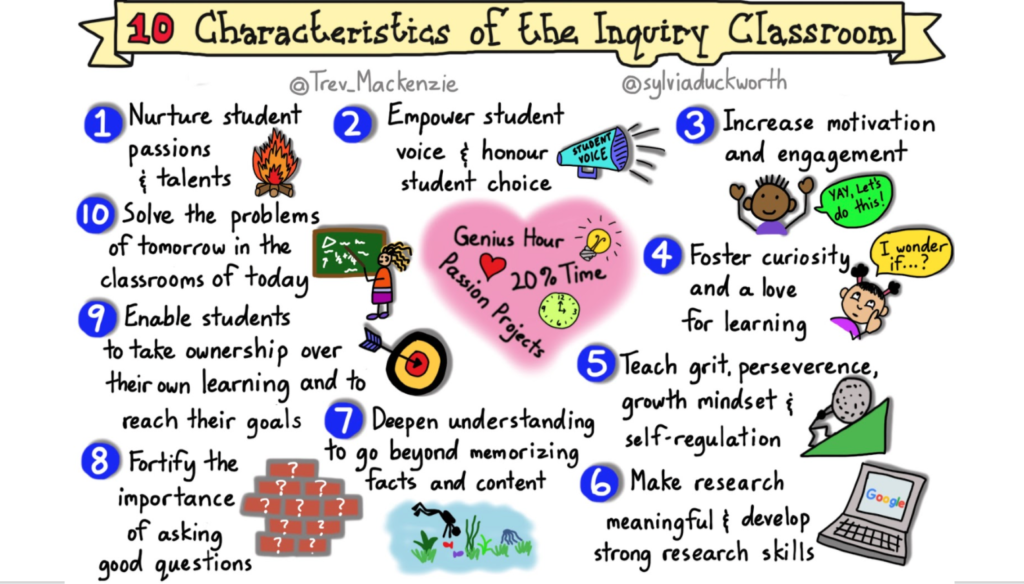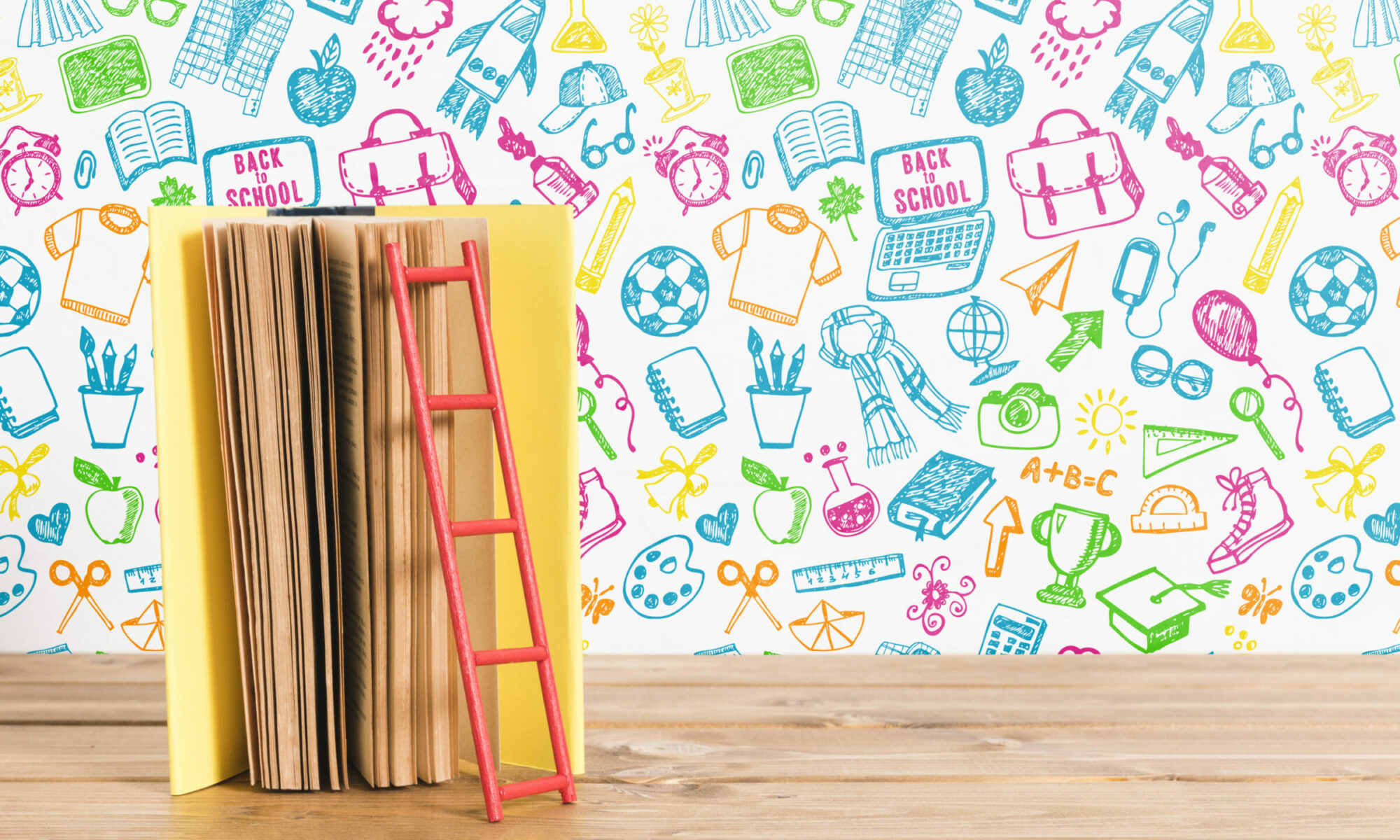

Volunteer Experience
Through volunteer experiences, I have realized that there is need in my community. I learned that in some cases, school, or girl guides, can be an escape from the unstable lives that children may be living. After a few months of volunteering in my local elementary school and Girl Guide group, I formed strong relationships with the children I was working with. They expected my presence once a week. Being a part of this routine was transformational for me and helped me realize that I want to be this person for so many more children. While I do want to inspire children to imagine and create, more importantly I wish to be a friend and role model to my future students.
In my last two years of high school, I volunteered in a kindergarten/grade one classroom. In that class, I shadowed the most inspirational teacher. She made it her priority to create an inclusive classroom. Whenever the children would sing a song, she taught them to sing in Sashishalhem, Croatian, and French. She practiced and taught inclusion in the most effective ways. Watching the face of each child light up when they see the rest of their class sang in their own language was truly incredible. Instances like these have inspired me to make inclusive education a priority in my classroom.
Lifeguarding, girl guide leading, and assistant teaching children in my community has prepared me for a career in education. My career in lifeguarding has taught me how to be confident in uncomfortable situations. I believe this confidence will help me with teacher efficacy in the future, allowing me to be sure about what and how I am educating children. My experience with leading girl guides provided me with knowledge on how to mentor. One of the most important things that I taught my group of girl guides was about taking risks, and that through these challenges, you will always have people behind you to support and cheer you on. Experiences like these will be beneficial for creating a positive and family-like classroom environment for my future students to flourish in.
Athletic Experience
I have always been really involved in almost every sport that my small town had to offer. During elementary and high school, I played on the soccer team and volleyball team. I was also a member of our local swim club. My parents always prioritized mine and my siblings sports which I am very grateful for. Being on the school soccer team from grade 7-12 really made an impact on my life. I learned vital teamwork skills through communicating both on and off the field. On the swim team, my experience was slightly more individual. We didn’t participate in many competitions because of how small and rural my hometown is. In the pool, I learned to compete against myself. I did this by aiming every practice to beat my own previous swim times. I think team sports can be so beneficial for developing children’s leadership, communication, and resilience qualities.
Aligning Resources
Here are a few videos that align with my teaching philosophy:
Teaching Philosophy
My philosophy of teaching is embedded in inclusive education. At the beginning of second year, I stumbled upon a video called ‘Transforming Inclusive Education’ by Shelley Moore. In the video, she used a bowling analogy to describe how right now, some teachers are bowling and hitting single pins down to try and accommodate diverse students’ needs. Instead, teachers should be bowling to hit every pin down at the same time so that every learners’ needs are being met in the same classroom and through the same pedagogy. This really struck me and made me wonder how taking diverse students out of the classroom to learn is so backwards to what the overarching goal of education is: to set children up for success. When children are isolated from their classmates to learn in a separate room, they aren’t learning how to collaborate and work through things as a community. This is the foundation of my teaching philosophy. To expand, I believe that every child belongs (and should feel like they belong) in my classroom, no matter their abilities, ethnicity, gender, or anything. It is my job to create this space for future generations to work towards living in a world where people can feel comfortable and confident in their own skin.
I am also very interested in inquiry-based learning. I first learned about the idea of inquiry learning from Instagram. @Inquiryteacher popped up in my feed and I was intrigued by the materials she was using. I looked further into her account and discovered that she was a co-author of a book called Inquiry Mindset. I bought the book and read it over the span of this past semester. After reading the first few chapters, I was so inspired and knew that I wanted to learn more about how I can follow and inquiry-based model in my future classroom. Inquiry-based classrooms breed children with strong problem-solving skills, teamwork experience, and natural curiosity drive. I am very eager to learn more about the application of inquiry in the classroom in my future practicum and practice.
Kahoot – Judy
Kahoot, is an educational platform learning game that allows students to showcase what they have learned. It is a fun competitive game between the whole class on material they have learnt or are currently learning. Questions are either answered through multiple choice or true and false. The goal of this game it to be the fastest one to answer the correct question.
Kahoot, is a great way for students to engage with the material they are learning about in the classroom because it makes them have fun with what they are participating in. It is a nice way for students to not feel insecure about the answer they are choosing because their answers are anonymous – only they know. This game also allows students to interact with each other and the teacher; creating engaging and educational class discussions.
Kahoot, is beneficial for teachers because it gives them a good understanding with what material students understand or what needs to be discussed more in class. It also gives teachers the freedom of making the quizzes how short or long they would like. This game also encourages for class discussion between peers and teacher after each question and it makes for a fun experience throughout the whole classroom environment. A bonus is that this technology learning game is free and easy to use.
There are also some issues that teachers need to be aware of when playing this game in the classroom.
- If students have the ability to create their own name for Kahoot reassure them that their chosen name must be appropriate.
- Some students may choose not to participate therefore enforce that this is for participation marks and the teacher will be keeping track.
- Do some test trials before presenting the game to your class. Therefore, make sure the teacher knows how to use it and is well prepared before coming into class!
- Lastly be aware that not every student may contain a phone or bring it to school… which would make them not be able to participe in the game if it was done through a personal device.
Edmodo – Gabrielle
Edmodo is a free online learning management website that was made in September 2008 by Nic Borg, Jeff O’Hara and Crystal Hutter. The platform is aimed for kindergarten to grade 12 teachers to use in means of communication, collaboration, and teaching of lessons with their students. In terms of communication, Edmodo provides students with a safe space to academically communicate with their peers and ask their teacher questions, through use of Edmodo parents are able to make an account and quickly ask their childs teacher questions. In regards to collaboration, Edmodo provides students with the opportunity to collaborate and work together on academic projects/assignments with their peers. The educational platform also allows the opportunity for teachers to collaborate with their colleagues, which can be beneficial in creating cross-curricular lessons. In relation to the teaching of lessons through Edmodo teachers can add their lesson slides and classroom content to the website so that students/parents have access to the material outside of class time. Despite Edmodo’s inclusivity for students and parents it is a teacher-centric platform when it comes to its layout, philosophy and how you can only access the site once invited by a teacher.
KidBlog
I am completing my EdTech Inquiry project with Gabrielle and Judy. For our project, we are researching different online platforms to use in the classroom that increase student engagement.
What is it?
Kidblog is a safe and secure platform for students to publish their writing, audio recordings, or video projects. Teachers can also use this platform to connect their students’ learning with their parents. Additionally, it can be used as a class blog to send out announcements about classroom updates and happenings. Although the platform is geared toward children, teachers, teacher librarians, or school administrators must moderate it.
Why use it?
Benefits of blogging for children:
- Helps develop confidence
- Improves self-expression
- Gain a sense of fulfillment from posting their work
- Form multicultural links
- Improved reading and writing skills
- Encourages autonomy and creativity
- Creates a sense of community
Getting started with blogging at a younger age also lays the foundation for safe internet use.
How to Use it in Your Future Classroom
Here are a few ideas that I found from reviews that elementary teachers left about Kidblog:
- Use it to extend knowledge about new topics in science (generate hypotheses, connect to the real-world, share thoughts and opinions)
- English Language Learners can explore new vocabulary, sentence structure and terms in a comfortable way. Also lets them look back on their progression.
- Independent reading strategies
- Elaborate on mathematical concepts
- Reading or viewing responses
